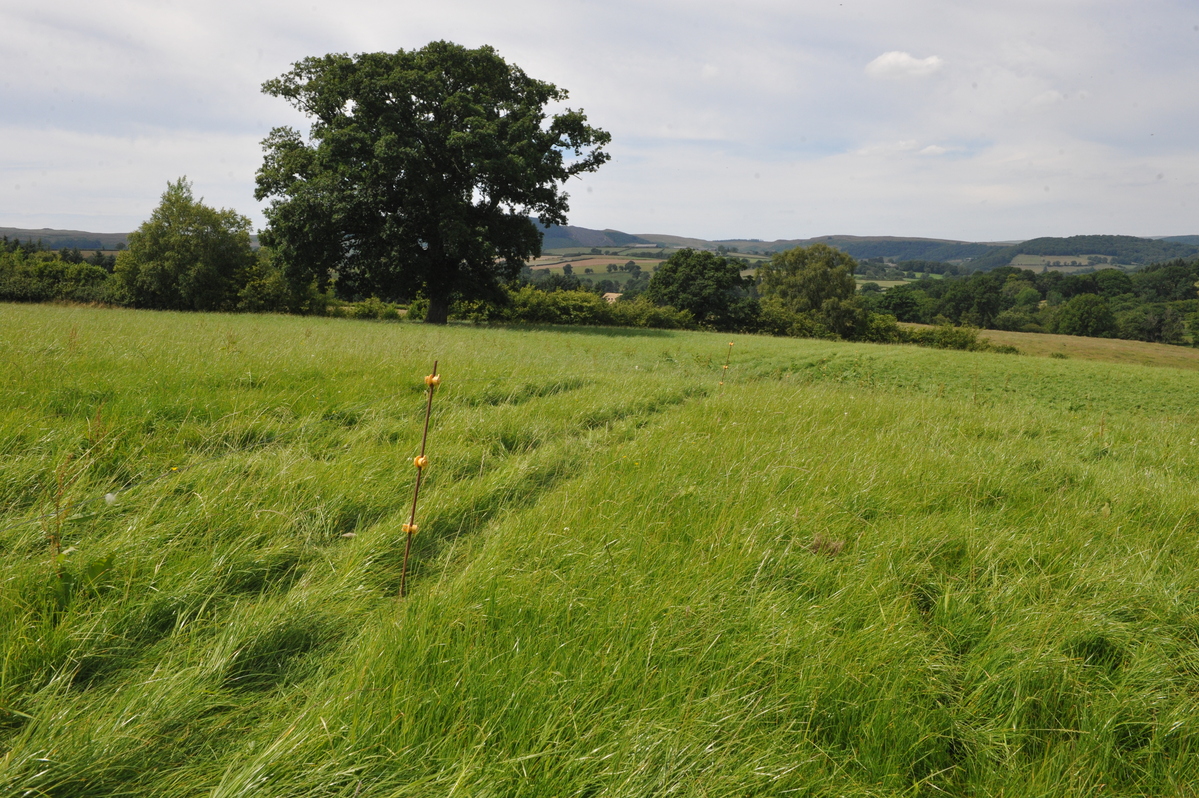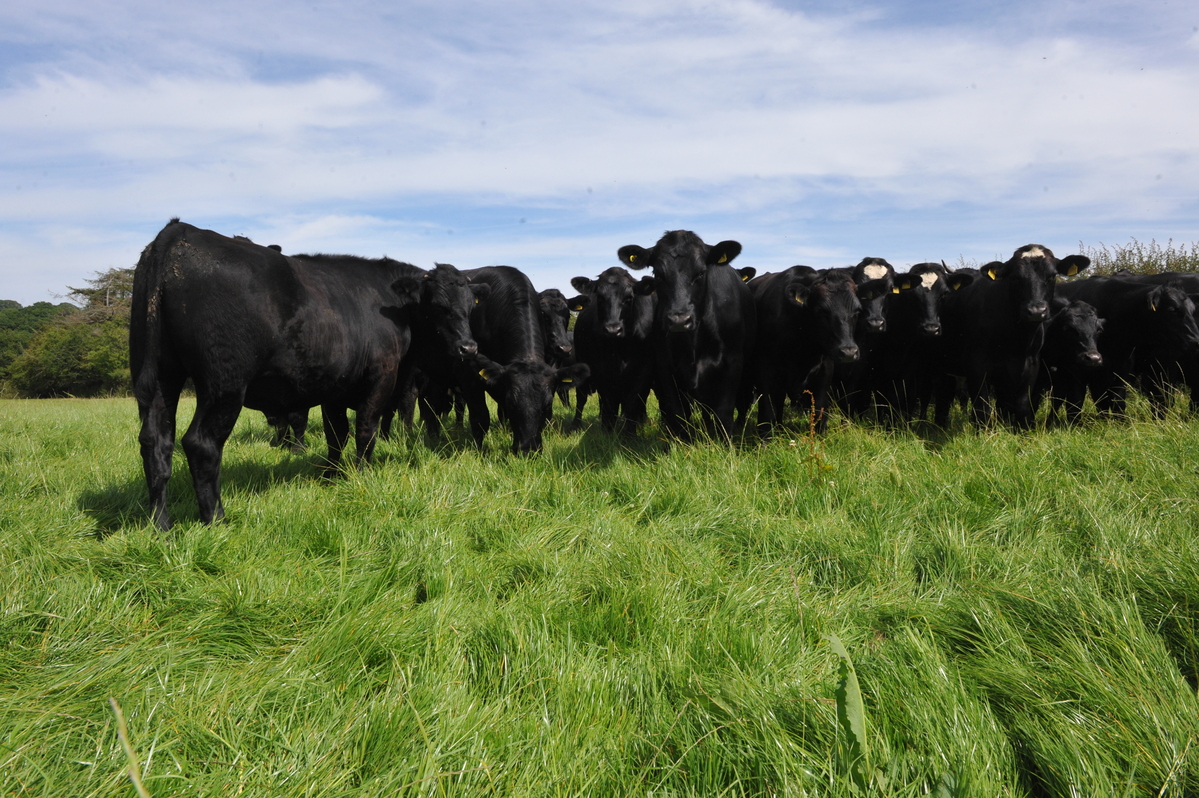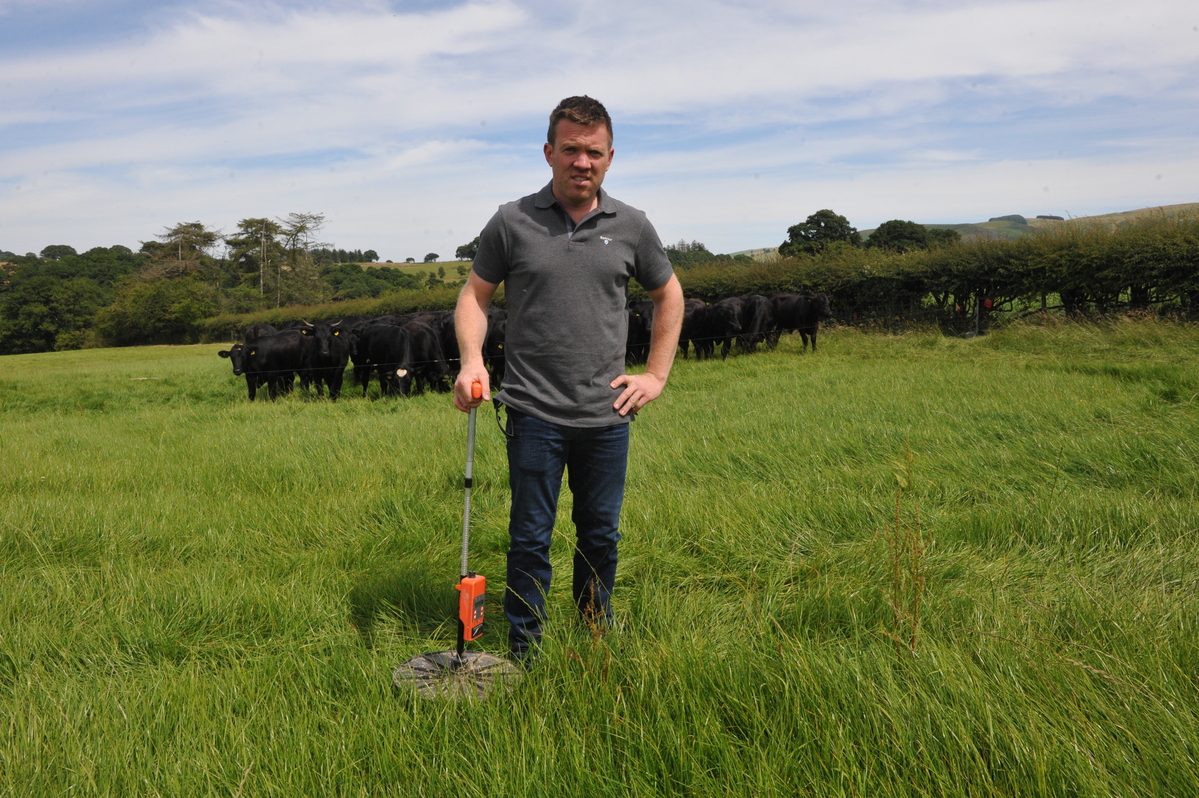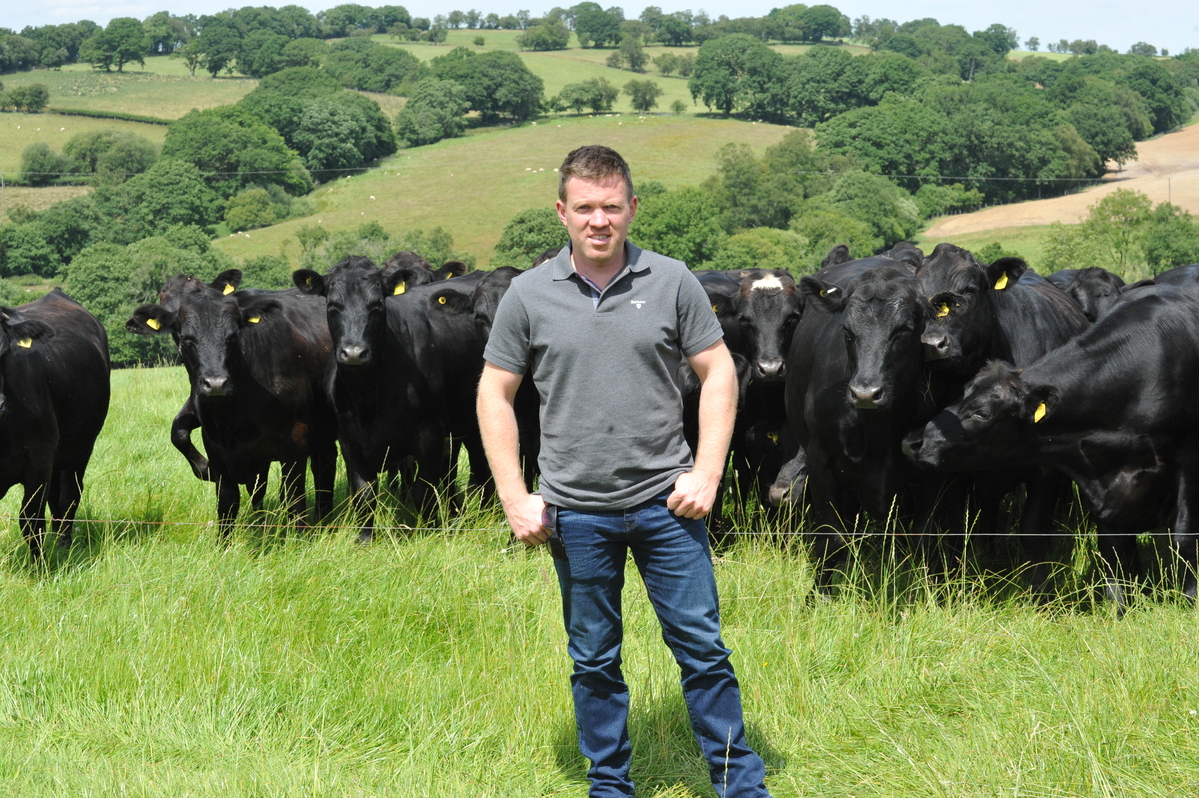As dilemmas go, the one Neil Davies was faced with 13 years ago wasn’t a straightforward one for him to resolve.
At 23, Neil had the opportunity to return to the family beef and sheep farm in Powys but to do that meant walking away from his own very successful construction business.
Difficult decision
“Once you get a taste of something you want, for me that was farming, there is no going back.”
Neil Davies
“It was a difficult decision because the building industry was booming and I was making quite a bit of money,” he recalls.
“To farm meant giving that up to take on a business that would be harder to profit from because the livestock numbers had been drastically reduced.”
He used philosophical reasoning when he made the decision to return to his farming roots: “I knew I could go back to building if it all went wrong but I would only get one chance to farm because if I hadn’t taken it at that time the farm would have been sold and that opportunity lost forever. That was the decider for me.”

Expansion
13 years on and not only has Neil made the business at Cefnllan, Llangammarch Wells, a profitable one, by switching from suckler beef to dairy-to-beef production and scaling up sheep numbers, but he has expanded the enterprise too, buying a second farm in Tregaron last year.
Neil grew up four miles away from Cefnllan, a 105-hectare (ha) farm run by his maternal grandparents, Alwyn and Heather Jones.
He trained as a carpenter after leaving school, studying at college in Brecon for three years, later setting up in business and taking on two employees.
Many of the skills Neil gained during that period have proved useful since he left that career behind to farm.
Increasing numbers
One of the biggest challenges he faced when he took on Cefnllan was increasing numbers in the hefted flock of Epynt Hardy Speckled ewes. It was a slow process because it can only be achieved by retaining all replacements, but with ewe numbers now at 2,700, this autumn he can consider different tupping opportunities for the flock.
“Until now we haven’t been able to consider using sires that produce high value lambs because we needed the replacements, so we had to tup every ewe with a Hardy Speckled,” explains Neil, who farms with his mother, Delyth.
The farm has grazing rights on Ministry of Defence land on Epynt Mountain and this is where the ewes lamb, from 25 March.

Early lambing
Draft ewes are sired to a Texel and these lamb indoors at the end of January, to catch the early market at the end of May, with those cull ewes and their lambs either sold deadweight to Dunbia or live at a livestock market.
Neil has also made big changes to the beef enterprise. The business had been running 60 Belgian Blue-cross suckler beef cows but that herd was sold and he is now producing beef from bought-in Angus-cross dairy animals.
The calves are sourced from a local rearer when they are four months old and more recently from Blade Farming too.
“Buying calves that have had a good start is at the crux of making the system profitable,” says Neil.
“It is the most important part of the job, calves must have had plenty of colostrum and been vaccinated for pneumonia.”
Having knowledge of the calves’ history is important, he adds.
“Everything starts with getting healthy animals from a known and trusted source.”
The weaned calves arrive on the farm in May and graze until October in that first year.
Home-produced feed
For the economics to stack up, there must be maximum production from home-produced feed and that’s why there has been an extensive reseeding program at Cefnllan, with 20ha reseeded annually.
These new leys are very productive in the spring when the business needs to make the most of its grass.
A rotational grazing system has been key to this.

Measuring
Neil uses a plate meter to measure farm grass cover every two weeks to ensure optimum utilisation along the grazing platform. Agrinet software is used to manage grass.
He admits it is addictive. “When you are going around the fields measuring it can get a bit tedious but when you put those figures into Agrinet it gets addictive.”
To house the cattle, loose housing which had been used for store cattle has been converted to a slatted unit.
By investing in flooring and water and feed troughs, Neil has created accommodation that matches the performance of modern housing without the expense of new infrastructure. The conversion cost approximately £50,000.
High quality silage
High quality silage is key to keeping feed costs low; to achieve this more cuts are being taken every four or five weeks, resulting in higher quality silage at an average ME of 11.5MJ/kg.
“We feed as much silage as possible in the TMR,” says Neil.
He weighs the cattle monthly to monitor their daily liveweight gain – they are electronically tagged to ensure precision monitoring when they are weighed.
“Regular weighing and the use of precision farming technology is vital for accurate weight records and monitoring,” he says.
One of the benefits Neil has seen from the new enterprise is that the younger, lighter stock can graze areas of the farm that the suckler cows could not have utilised effectively.
Scaling up
He had been sourcing 150 calves a year but, in anticipation of buying the farm at Tregaron and also the improvement in leys resulting from the reseeding programme, he has scaled up to 300.
The farm he has bought is 267ha, which incorporates 61ha of enclosed hill ground.
Although 22 miles from Cefnllan, it is a good fit for his plans going forward.
It came with 500 Welsh ewes and by later this year he plans to have 1,000 ewes there and, with a reseeding programme already underway, he will graze 200 cattle on the farm in the grazing season and use Cefnllan for winter housing and for making silage.
Just as he jumped at the chance to scale up his business, he has also grasped every opportunity to improve his knowledge of agriculture since he didn’t study it at college.
Improving knowledge
He has done this through a number of routes, including the Farming Connect Agri Academy and as a Farming Connect Demonstration Farm and, more recently, as a member of the NFU Cymru Next Generation Group.
Membership of that group has given him a different insight into agriculture. “I have learned a lot about the politics of the industry, an aspect of agriculture I knew very little about.
“It is totally different to anything I have done before.”
Educating the next generation
As a next generation farmer and father to three-year-old Dylan, does he believe schools do enough to nurture children’s knowledge of food and nature?
“When I was at Garth Primary School we had a lot of outdoor activities, going out to look at nature, but there seems to be much less of that now in schools. It is a missed opportunity,” says Neil, who is married to Sian.
It will be a good few years yet before they know whether Dylan will follow in Neil’s footsteps but was his decision to switch from a career in construction to farming the right one?
Most definitely, he grins. “Once you get a taste of something you want, for me that was farming, there is no going back.”
